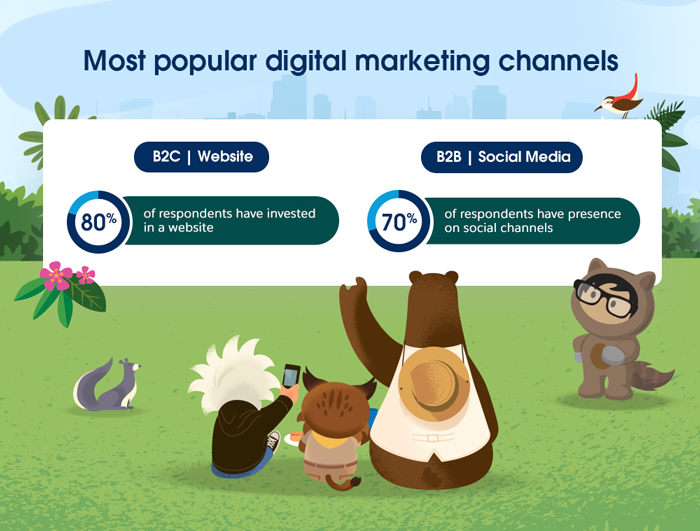Consider this: In 2021, mobile app usage reached an all-time high, with users spending 3.8 trillion hours on mobile apps. Unsurprisingly, India figures among the top six countries where users spend maximum time on their phones. It goes without saying that when consumers spend so much time jumping from one visual app to the other (TikTok and Instagram are universal favourites), they are likely to discover new products they would like to buy.
But here is the catch- while consumers want to buy things, they don’t want to leave the pages they are on. Simply put, customers want to buy from the content they are consuming (termed as point of inspiration) without being asked to go to another app, window, or digital marketing channel. This is the core concept of distributed commerce.
Distributed commerce allows customers to buy a brand’s products as and when they come across them on social media sites or through online content. Say you are reading an article about styling your attire and makeup for Diwali, and you are able to click to buy the mentioned items - right from the post. This is an example of brands leveraging distributed commerce. The ‘buy now’ options on Instagram pages or ‘Shop the look’ buttons on ecommerce websites are all examples of how brands are exploring new ways to meet customers wherever they are in their journey and remove the friction in a purchase.
In the second edition of the Salesforce State of Commerce report, over 4000 commerce leaders from 25 countries, including India, shared insights on how distributed and complex commerce is fast emerging as the global norm. From highlighting the importance of new digital marketing channels to exploring new avenues for business growth and development, the report shares crucial learnings for commerce professionals.
Here are the key takeaways in the Indian context.
1. New channels are key to digital success
No wonder then, sellers in India expect digital marketing channels to contribute an average of 48% in revenue in the next two years to their overall business. The most popular digital marketing channels are websites, social media platforms, mobile apps, third-party marketplaces, customer service centres, phone/mail orders, sales reps, third-party distributors and point-of-sale systems.

2. Online space sees surge in complex B2B orders
The significance of digital channels for B2B businesses has surged over the past few years, and further boosted by COVID-19. Mirroring the B2C environment, B2B sales interactions have moved online, with the use of digital tools and channels becoming a competitive advantage. Globally, business sellers are planning for an eCommerce-centric future -- most of them expect buyers to turn to the online space to place larger, more complex orders in the next two years.
In India, B2B sellers currently report a 38% share of revenue from online channels; the number is expected to grow to 44% in two years.
3. Digital marketplaces take centrestage
On digital marketplaces, users can browse a variety of products, compare prices, and have a more convenient purchasing experience. For them, this means personalised recommendations (such as Amazon suggesting things you might like based on your orders) and quicker service. These are essential factors for the modern customer, for whom the purchase experience is just as important as the product they buy.
For the organisation, being in a marketplace means addressing demand growth in a cost-effective manner and being able to leverage an additional sales channel.
In India, 58% of B2C sellers have prioritised third-party marketplaces; the share is 63% for B2B players. A significant number of organisations are now looking at creating their own marketplaces where third-party sellers can interact with consumers.
How to win in a changing business landscape
The Indian digital commerce landscape is fast evolving, both in terms of scale and technological finesse. The future belongs to distributed and complex commerce journeys; after all, the customer is the (virtual) king and should be able to choose how to connect with and buy from brands.
The second edition of the Salesforce State of Commerce Report shares insights on this emerging landscape and how B2B and B2C businesses are responding to the changes.
Download the report to learn more about combining data, technology, and online channels to achieve new milestones in customer engagement.




